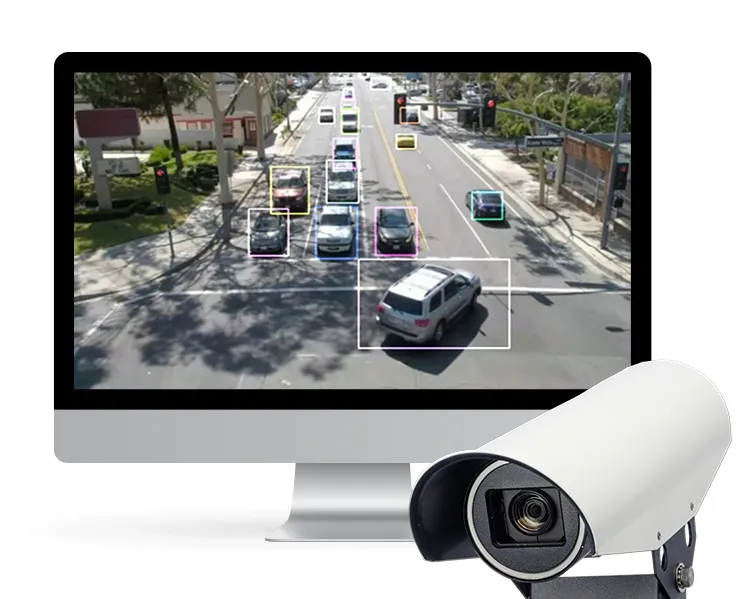GenX Mobile has introduced its new 3G HSPA product line for the vehicle tracking market. At the core of the platform is u-blox’ compact LISA wireless module series, the world’s smallest 3G modem family, and a u-blox 6 GPS receiver module. 3G HSPA increases bandwidth and performance by using improved modulation schemes and protocols by which wireless products and base stations communicate. A soon to be released 1xRTT version, the LISA-C200, will allow operation on CDMA networks, the largest wireless footprin
March 19, 2012
Read time: 2 mins
GenX Mobile has introduced its new 3G HSPA product line for the vehicle tracking market. At the core of the platform is 602 U-Blox’ compact LISA wireless module series, the world’s smallest 3G modem family, and a 602 U-Blox 6 GPS receiver module.
3G HSPA increases bandwidth and performance by using improved modulation schemes and protocols by which wireless products and base stations communicate. A soon to be released 1xRTT version, the LISA-C200, will allow operation on CDMA networks, the largest wireless footprint in North America.
“Our latest vehicle tracking platform is an ideal solution for Mobile Resource Management, vehicle tracking and many other location-aware applications. The platform capitalises on u blox’ advanced 3G modem technology to give our customers cutting-edge wireless communication capabilities and features,” said Dave Mleczko, president and COO of GenX Mobile, Inc. “Not only is our platform compatible with major 3G wireless carriers such as AT&T, u blox’ LISA form factor will allow us to create a single hardware design that supports all North American mobile operators such as AT&T (GSM, WCDMA) as well as1018 Sprint and 1984 Verizon (CDMA).”
3G HSPA increases bandwidth and performance by using improved modulation schemes and protocols by which wireless products and base stations communicate. A soon to be released 1xRTT version, the LISA-C200, will allow operation on CDMA networks, the largest wireless footprint in North America.
“Our latest vehicle tracking platform is an ideal solution for Mobile Resource Management, vehicle tracking and many other location-aware applications. The platform capitalises on u blox’ advanced 3G modem technology to give our customers cutting-edge wireless communication capabilities and features,” said Dave Mleczko, president and COO of GenX Mobile, Inc. “Not only is our platform compatible with major 3G wireless carriers such as AT&T, u blox’ LISA form factor will allow us to create a single hardware design that supports all North American mobile operators such as AT&T (GSM, WCDMA) as well as









